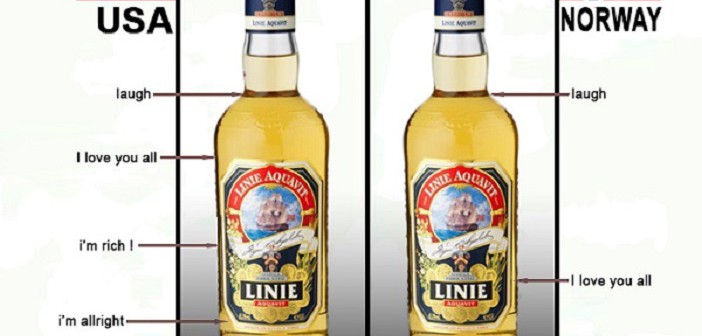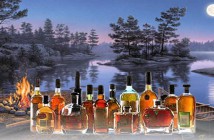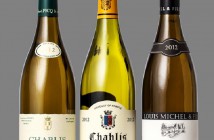The illustration says it better: Countries have DNA just as individuals do. These are the inherited structures of a country’s culture that determine how it behaves and organizes itself as a nation to achieve its goals. They are passed down from generation to generation, assuring the stability of a nation.
For example, Germans are rigid, standards-driven. They set their beer standards over 500 years ago, and they haven’t changed except for some recent meddling from Brussels. The result is Germany has protected its beer market. By contrast, Americans have little regard for history. They are impatient and live in the immediate future where the search for “whatsnew” is a national preoccupation. The French ponder the question, any question, and conclude that the question is wrong. They end up sticking with the status quo. Mexicans take no action until they have examined the past and looked for patterns of deception to avoid them again as they move forward. Hence, the concept of “manana”. The Japanese revere time and incrementally get to where they want to go, intensifying the journey as they near the goal. And so on.
Americans (which I have studied the most and written a book about) want things big, more, now and if they can’t get them, they improvise to create something new.
There is wisdom in all cultures. Americans are best understood in the global village as adolescent: Impetuous, crude at times, full of themselves, optimistic and always willing to take on the impossible. Europeans, in general, are adult, too often letting tradition and reason lead to paralysis. Asians are “old” and revere age and wisdom. Time is valued and patience is an art form.
When it comes to ways of drinking, Americans would never have invented a “wee” dram. Are you kidding? We’re a “bottoms up” culture. A generous pour is the thing. An American “dram” is the two-fingers tequila thing, amounting to a double wee dram. Ironically, in America we call drams “shots”, reflecting our gun culture and Wild West past of which whisky-drinking was a big part of the culture.
Americans like familiarity. Yo! Are relationships are built on presumed intimacy right from the start. We call our whiskies and drinks–Johnny, Jack, Jim, Evan and Bud. Since we want things now, all we need to do is age our bourbons three years before we can market them. None of this 10 or 30 year stuff.
The Europeans, seen mostly through the Scots when it comes to whisky, are figuratively and literally mature. Whiskies carry sophisticated names: Laphroaig, Lagauvlin, Glenmorangie, and the one no one can pronounce, Bruichladdich. And it is their adult patience with the aging process that gets us those 10, 12, 18, 25, 30, 50 year old expression.
The drinking patters of cultures also mirror cultural forces. Binge drinking on US college campuses fits the need for Americans to have more. The Budweiser Lite ads reflect the US quest for more. Less calories means you can drink more. Manhattans, named for the most inventive city of the last two centuries, is all about innovating and finding what’s new in the mix. Mixologists are the rage in the US where bartenders get to improvise, break the rules, and offer more choices.
Globalization is changing the way we market whisky. The rush to create something new for the US market is evident in the endless expressions of once traditional whiskies. Budweiser is available in rural Irish pubs. Cold Guinness is available in US bars. But globalization will not impact the differences between the way an American drinks aquavit and the way a Norwegian does. Slainte.




